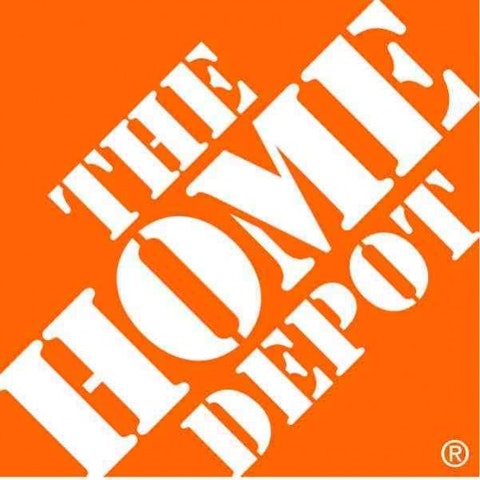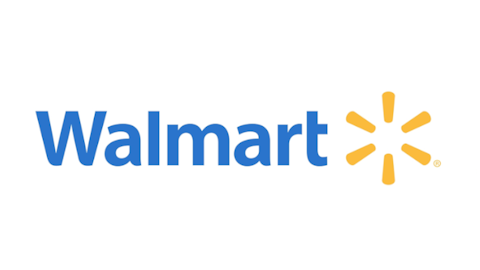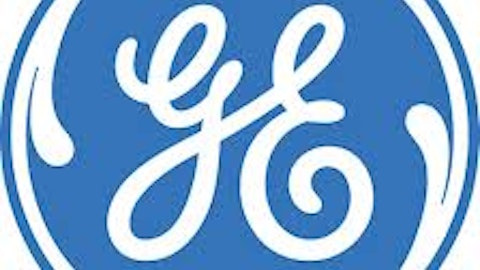Many established, large firms want to be young and agile. Like Warren Buffett preaches, they desire sustainable, competitive advantages. And, as could be expected, many start-ups long to be acquired by companies with deep pockets.
The result of the phenomenon: Entrepreneurial blood pumping through the veins of big businesses.
Just look around you. This post, for example, describes the many benefits JPMorgan Chase & Co. (NYSE:JPM) gleaned by acquiring Bloomspot, a company similar to Groupon Inc (NASDAQ:GRPN). Now, brick and mortar retail stores are thirsty for innovative, new solutions to drive their bottom line…and they seem to be succeeding.

Home Depot is the world’s largest home improvement specialty retailer, and it shows signs that it will continue to build its empire. In early 2012, Home Depot acquired Redbeacon, a firm that enables users to “search, browse, and book local home service providers.” The retailer wants customers to find the best contractor at the best price, thereby generating jobs for skilled tradesmen, and traffic for brick and mortar locations.
Near year end, The Home Depot, Inc. (NYSE:HD) acquired Blacklocus — its new innovation lab. Similar to the JP Morgan and Bloompspot scenario, Blacklocus studies all price points, product assortments, and product information elements of the market. Now, The Home Depot, Inc. (NYSE:HD) is positioned to “build intelligent retail software that identifies opportunities for competitive advantages… (by)…using big data to power” its growth.
Outside factors are also poised to help The Home Depot, Inc. (NYSE:HD). Even though the housing market is fragmented, it is on the move — in part due to extremely low interest rates. According to recent news and government data, new home sales are at a high since 2008 and the tide seems to be turning bullish. The effect is happy contractors, happy customers, and happy hardware retailers.
(Disclaimer: Rapid growth and purchases in the housing market may cause a bubble, especially given the large volumes of cash the Fed has poured into the system. Also, due to the inflated infrastructure, many banks cannot properly estimate what the market would prove to be the natural interest rates — causing them to be cautious about lending.)
Second, consider Best Buy Co., Inc. (NYSE:BBY) .
Unfortunately, for its investors, Best Buy Co., Inc. (NYSE:BBY) is known as a “showroom” for products — only to lose sales to online retailers like Amazon.com (NASDAQ:AMZN).
Though he recognizes the path will be difficult, CEO Hubert Joly plans to revive the company. So far, he’s pleasing investors. The firm only lost $409M in 2012, compared to $1.82B in 2011.
However, Michael Pachter, an analyst at Wedbush Securities, forecasted that Best Buy’s cash flow would drop to $400 million, “from an adjusted free cash flow of $965 million.” Investors should note that the primary reason for the cash reduction is because Joly announced that the firm’s price matching program to compete against Amazon is permanent. At the expense of decreasing margins, Best Buy Co., Inc. (NYSE:BBY) is preparing to attack Amazon.
Joly is developing new strategies to reduce costs, increase online conversion rates, and position the store locations to be the center of the company’s e-commerce platform. How this will occur remains uncertain. Recently, though, the company announced a $0.17 regular quarterly dividend, showing signs of light for investors.
Best Buy Co., Inc. (NYSE:BBY) has a rough road ahead, but the failure of founder Richard Schulze to buy back the company provides investors an opportunity to share in Joly’s journey. As he commented, “We’re moving on.”

HD Free Cash Flow data by YCharts
Last, consider Wal-Mart Stores, Inc (NYSE:WMT) .
In 2011, Wal-Mart Stores, Inc. (NYSE:WMT) launched @Walmart Labs — the retailers social media, mobile app, and e-commerce engine. As CEO Michael Duke said, Wal-Mart’s new priority is digital and online spaces. According to Duke, the lab is “hiring 100’s of incredibly talented people in Silicon Valley and around the world. We’re playing to win.”
Part of the Lab’s goal is to fend off Amazon, which has been offering products like pet food, cereal, and soap to compete against the traditional retailer. Additionally, e-commerce king Amazon offers consumers the ability to sign up to regularly receive shipments of selected items. Wal-Mart Stores, Inc. (NYSE:WMT) anticipates that its lab will recapture customers who have shifted to Amazon, while generating additional online sales.
To date, the investment seems to be working. Neile Ahe, president and CEO of Wal-Mart’s e-commerce division, recently reported that “revenue growth is accelerating and ahead of our plans. During the fourth quarter, we took share in all of our key markets.” The goal: $9 billion in global e-commerce sales, up from $4.9 billion in 2011. Remarkably, Wal-Mart Stores, Inc. (NYSE:WMT) recorded an 8.3% increase in net income and a 5% increase in sales in the 2012 fiscal year. It is ready for battle.
Conclusion
While a drought may temporarily linger for some companies, a rich oasis may be within sight. Each of the aforementioned firms’ fresh, technological strategies, coupled with a healthy free cash flow, is probably causing people like Jeff Bezos and other online retailers to shudder.
The article Keep Your Eyes Peeled: 3 Retailers Making Moves originally appeared on Fool.com and is written by Brendan Marasco.
Copyright © 1995 – 2013 The Motley Fool, LLC. All rights reserved. The Motley Fool has a disclosure policy.




